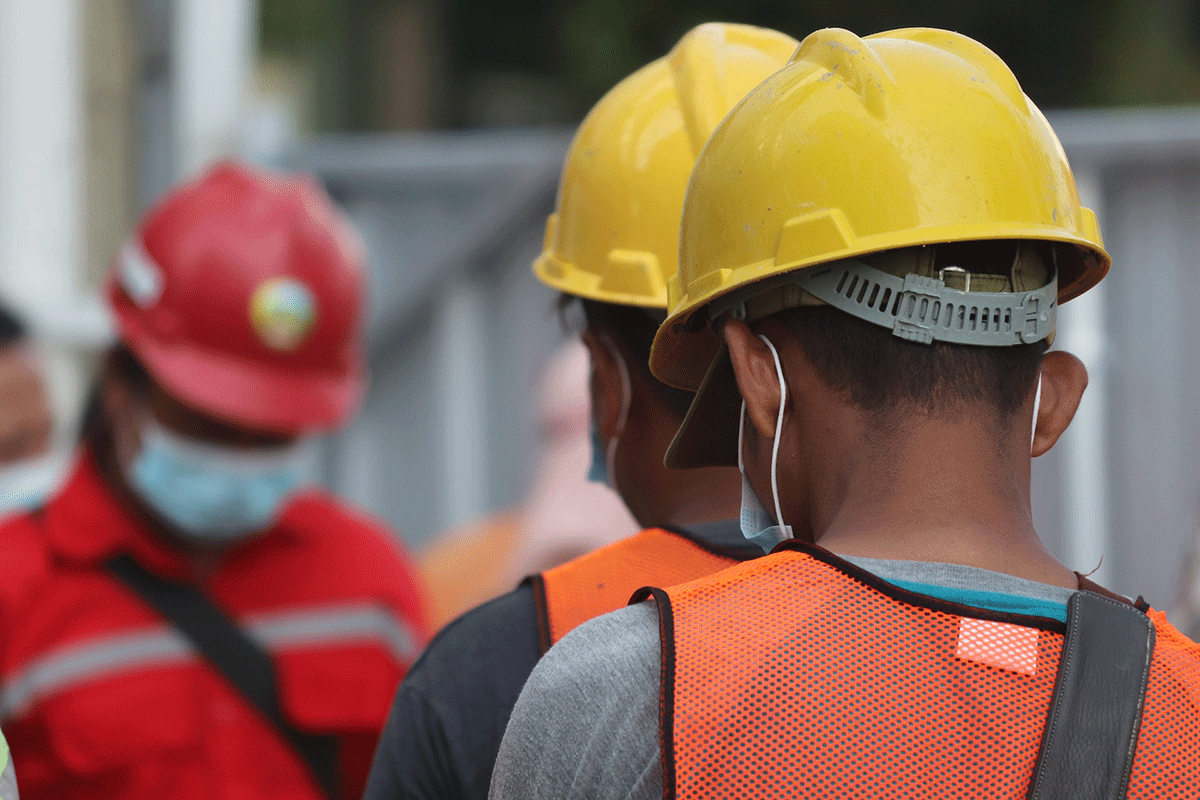
Workplace safety violations are a serious matter. The Occupational Safety and Health Administration (OSHA)—a federal agency designed to monitor health and safety violations in the workplace—found that 5,333 workers died on the job in 2019. Put another way, over 100 workers died on the job every week in 2019.
Employers owe it to their employees to follow the law and make work environments safe. When they fail to do that, they put their employees’ lives on the line.
And whether these safety violations are accidental, negligent, or intentional, injured employees have a right to receive compensation if they are injured.
If you’ve been injured on the job, consider consulting a qualified workers’ compensation attorney right away.
Every year, OSHA releases its list of the 10 most common workplace safety violations. Below is the list of the most common safety violations from 2020.
Lack of fall protection is both one of the most common and one of the most serious safety violations. Federal regulations require employers to guard all floor holes to prevent workers from accidentally walking into or falling through them.
Employers must also provide guardrails and toe-boards around all elevated open sided platforms, floors, and runways.
Finally, employers need to keep floors clean and provide personal protective equipment to workers free of charge.
Employers need to communicate to workers the potential dangers of any and all chemicals they use. Chemicals must also be properly labeled and accompanied with appropriate safety data sheets to protect those who might handle them later.
Employees must have respirators when necessary to protect them against a variety of airborne dangers, including harmful dusts, fogs, smokes, gases, and vapors. There is no single OSHA standard regarding what kind of respirators employers must provide their employees. Instead, the required equipment depends on the potential airborne hazard.
Like respirators, scaffolding requirements depend on the kind of work being performed and the industry. However, all scaffolds must support at least 4 times the maximum intended applied weight. This means that a scaffold with a maximum load of 500 lbs must be able to actually support 2,000 lbs.
Misused ladders are another common safety violation in the workplace. Employees must have training on which ladders to use for their work. Employers must also teach their employees how to safely secure and use ladders.
Hazardous energy can include things like electrical, mechanical, chemical, or thermal forces in machines and equipment that can injure workers.
To protect workers from these forces, employees must ensure that proper lockout/tagout practices are in place. Employees must also follow appropriate procedures on disabling machines during repair and maintenance.
Powered industrial trucks—commonly called forklifts—can injure and kill workers if they are not used properly. Federal laws require that only specially trained personnel drive forklifts.
Employers must ensure that their workers understand how to operate forklifts and the potentially hazardous situations that forklifts create.
In addition to maintaining safe conditions to prevent falls, employers need to train their employees on safe practices when working at elevated heights and around potential fall hazards.
As with respirators, employers must provide their employees with all necessary eye and face protection to prevent skin, eye, and ear injuries.
The final most common safety violation in the workplace by employers is failing to properly safeguard machines. Industrial employers are responsible for ensuring that any machine part which might injure a worker has some form of safeguard.
OSHA imposes financial penalties on employers that do not follow federal safety regulations. For serious violations, “other-than-serious” violations, and violations of posting requirements, OSHA can charge an employer over $13,000 for each violation.
If the employer fails to fix the violation by the date established by OSHA, the agency can impose a “failure to abate” for each day that the employer fails to correct the issue. Willful or repeated violations can result in a fine of over $135,000 per violation.
Employees who suffer workplace injuries because of a safety violation or any other accident can seek workers’ compensation to pay for their medical expenses, lost wages, and any resulting disability.
At Rue & Ziffra, we care deeply about protecting you and ensuring you get the compensation you deserve. With over 40 years of experience and thousands of satisfied clients, we can help you hold your employer accountable if their safety violation resulted in your injury. Contact us or call 1-800-JUSTICE today to set up a free legal consultation.